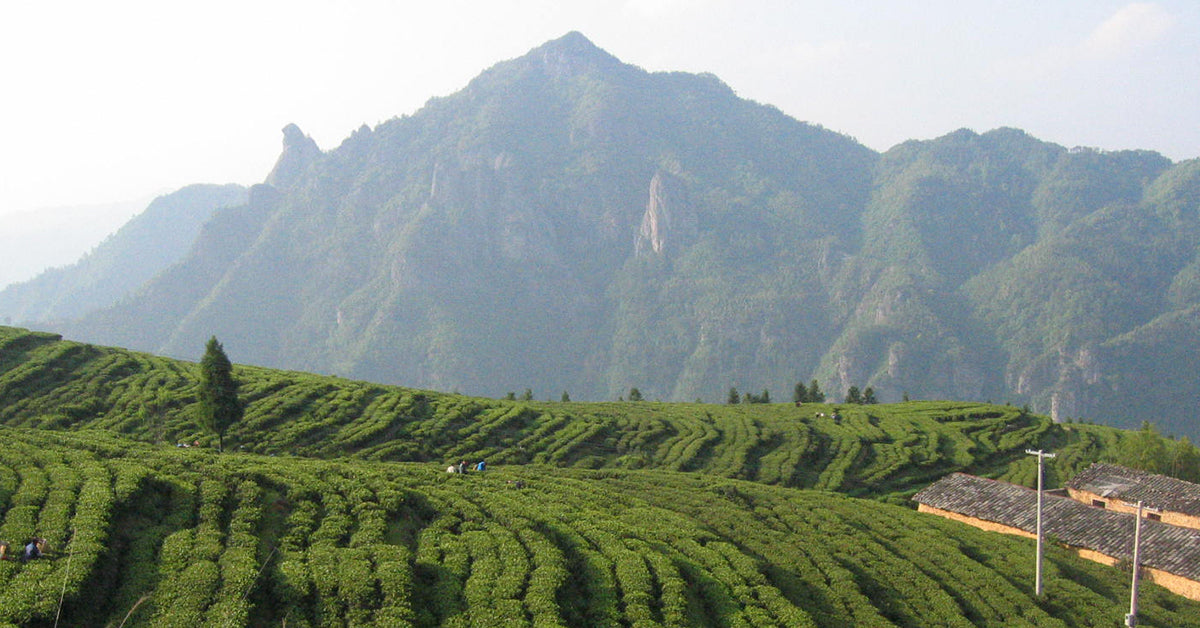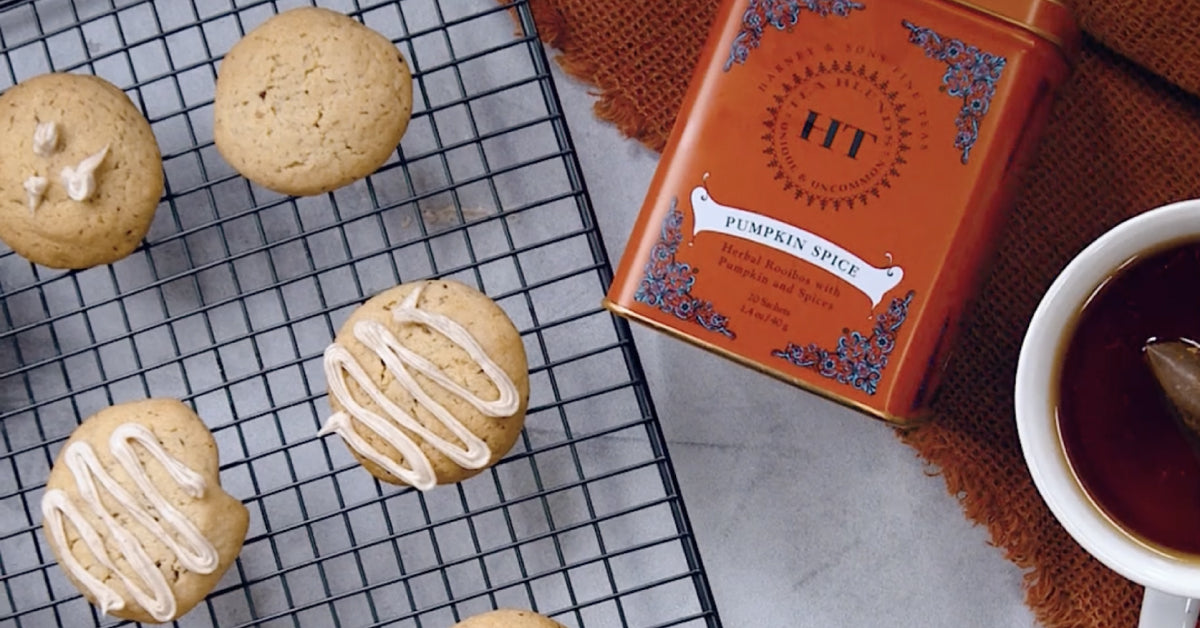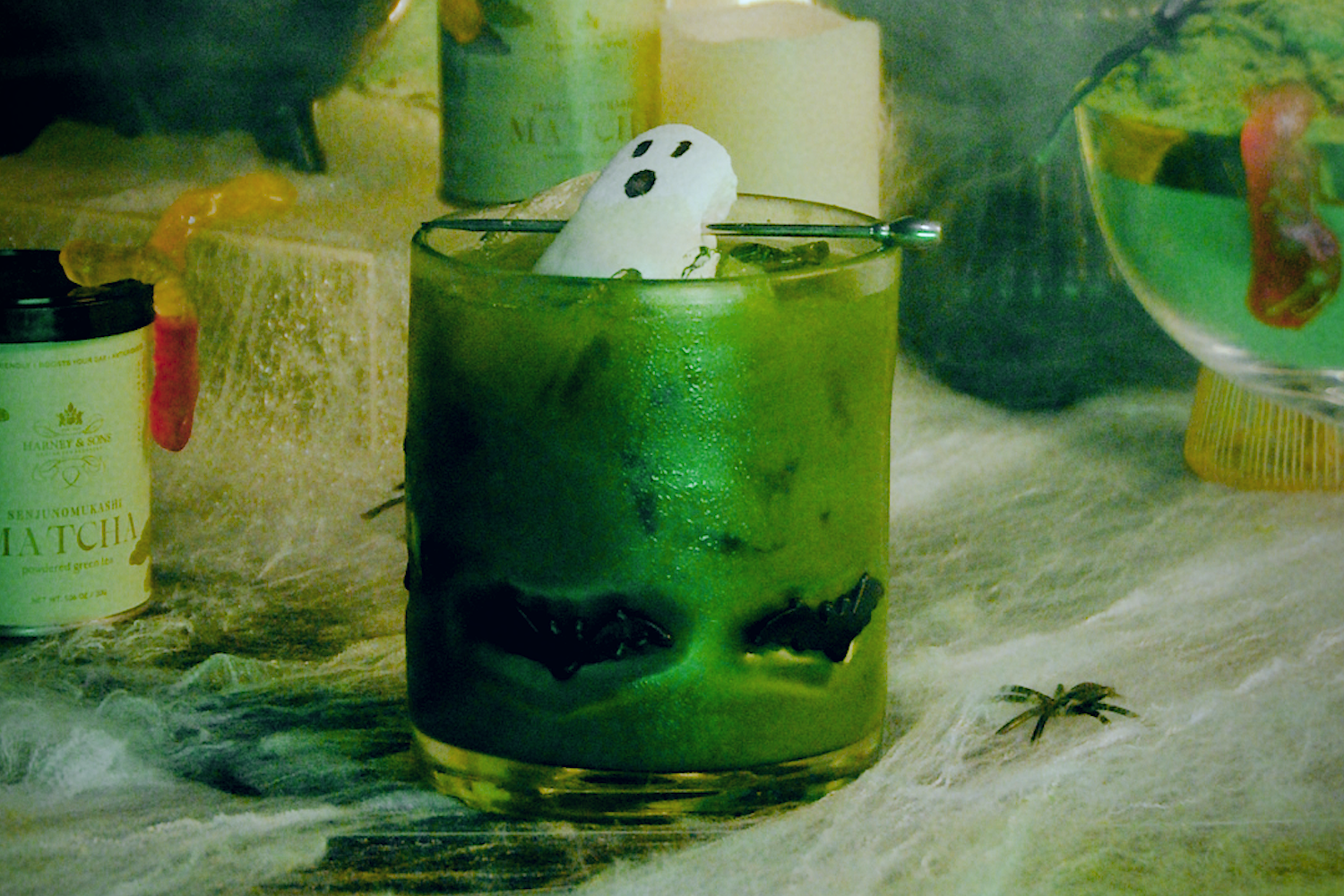If you like knowing exactly where your goods come from, then you’ll love single-origin teas.
Also known as estate teas, the term means exactly what you probably think it means: teas that are sourced from one specific region or estate. Generally, those regions or estates are known for a certain distinctive quality. The terroir (or its basic environment including soil, climate, topography, etc.) that the tea has been grown in gives it its distinctive, recognizable aroma and flavor.
Single-origin teas have not been blended with leaves from different regions, which allows us (and you) to know exactly what you’re getting in each cuppa. Estate teas are often of higher quality and are esteemed for qualities that instantly set them apart from other teas. Think in terms of designer couture -- those in the fashion business know a certain designer when they see one. So this is the “who are you drinking?” version of “who are you wearing?” asked on the red carpet.
If you’d like to experience the world of single-origin teas, here are some we source regularly that we highly recommend.
New Vithanakande. This tea is made in the low altitude Ratnapura district of India, which mostly makes undistinguished teas; New Vithanakande, however, is a wonderful exception. The Pilapitiya family has carefully made better and better teas for the past decade. It appears that they have learned from the best Chinese tea makers; they have slowed the process down and included steps like processing with mists of water. This allows the fatty acids found inside the tea leaves to fall apart and recombine into compounds that taste like apricots and chocolate. The black leaves with silver tips mixed also serve to make this a very unique tea.

Matsuda’s Sencha. My dad, Mike, has visited Matsuda and his family in Japan several times. Their house is located halfway up a hill that is covered with tea bushes and looking out over the valley, that is all that you see. The family’s home has been all business for generations. They have a space to make the tea in the back, with steamers to fix the green tea and rollers. This tradition and dedication serve us well because it is a unique Sencha with a distinctive aroma, great body, and flavors that are hard to forget. Matsuda’s teas smell wonderfully vibrant with fresh lemon notes backed by a nice spinachy aroma and the roasted hints of nori seaweed. We are honored to be the sole source for this great Japanese Sencha.
Golden Monkey. This is a fairly recently developed tea from the north of Fujian, China. My dad found it when visiting a few factories outside of Panyang and Fuan. In a short time, it has attracted a loyal, almost cult-like following. People love the flavors of Golden Monkey as well as the name! It features large black tea leaves interspersed with golden tips. It produces a lightly sweet and “round” cup of tea with a nice level of complexity with hints of apricot, nuts and rose.

Chinese Silver Needle. In the northeastern corner of the Fujian province of China is the coastal city of Fuding. This is the hometown of white tea, and Chinese Silver Needle is widely considered the best white tea in the world. In the hills outside Fuding, the fields are full of the special tea cultivar called Da Bei or Big White. The name is apt -- these tea plants form fat buds, thickly coated with down. After the buds are painstakingly plucked by hand, most teamakers put the buds in a barn and let them slowly dry out. This subtly sweet tea can be appreciated in a cup or you can drink it like the Chinese and float a spoonful into a clear glass of hot water; it is a beauty to behold with all the fuzzy tea buds. Watch them slowly sink in the water, it can be very therapeutic. The light brew is a subtle and slightly sweet delight.
Fenghuang Shuixian. Made in one of the most southern tea regions in China, this tea is the pride of Guangdong province. Grown high in the Fenghuang Mountains above the ancient temple city of Chaozhou, it is this tea that the tiny clay pots are used within the Chaozhou tea-brewing style. A high point of my dad’s trips to China is visiting the artisans living and working up above ChaoZhou. He enjoys seeing how they transform the big leaves into twists of brown oolong with hints of russet. This delicious and rare oolong tea is widely regarded for its intense peach and spice flavor. It almost fizzles like a Bellini!
















1 comment
Keith McCarthy
Emeric,
Thanks very much for your views on Single-Origin Teas, particularly the Matsuda Sencha and Silver Needle teas. You have stirred my curiosity so I shall have to try them for myself.
Thank you.
Emeric,
Thanks very much for your views on Single-Origin Teas, particularly the Matsuda Sencha and Silver Needle teas. You have stirred my curiosity so I shall have to try them for myself.
Thank you.